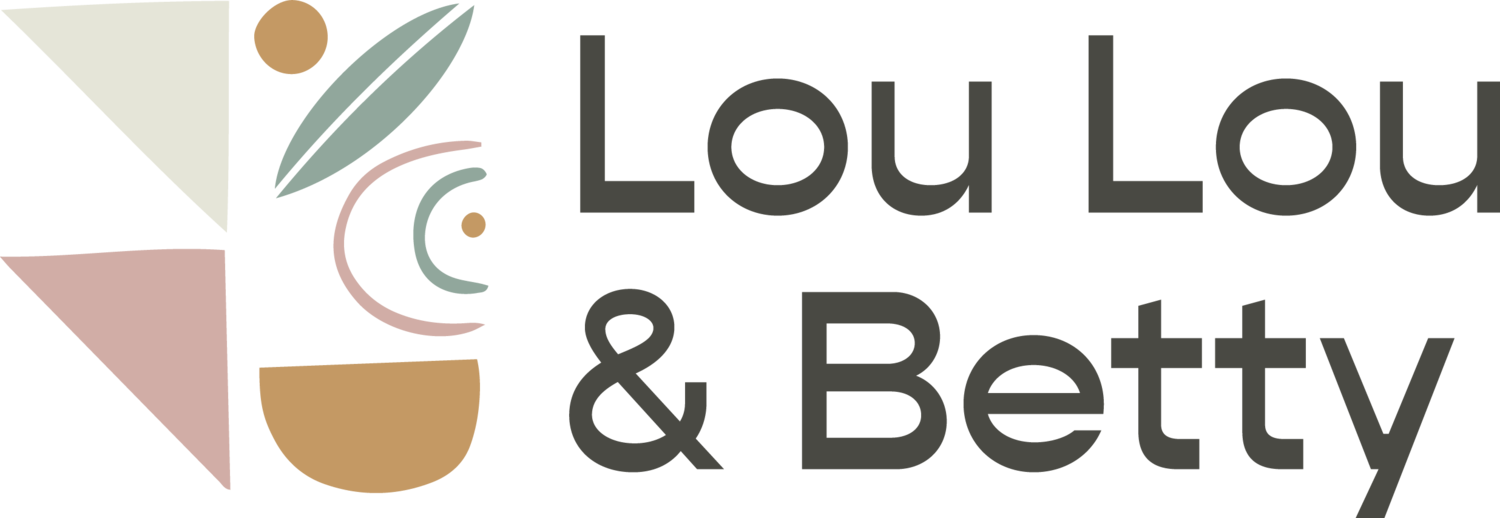Fabric Grain Explained.
If you’ve been reading my tutorial on Make Scrappy Binding and need further guidance on how to establish the fabric grain, then read on.
What is the fabric grain?
This is the direction of the individual yarns in any woven fabric.
Why is the fabric grain important?
Most of the time a crosswise grain binding will work for your quilt binding i.e. you’re sewing the binding onto a straight edge.
But sometimes a bias binding is better, particularly if you require binding for tight curves.
If you require a bias binding, then a scrappy binding might not be right for you, as it typically requires more fabric.
Why do I recommend a crosswise grain for scrappy binding?
Crosswise grain - Most economical use of fabric and easy to cut, sew and iron. There is some stretch in the fabric making it suitable for straight edges, mitred corners and slightly curved edges.
Bias binding - Cut on a 45 degree angle to the selvedge, this binding can be used on any quilt edge. It has the most flexible stretch, which makes it perfect for tightly curved edges (as the binding will not pucker). Bias binding is more time consuming to make. Also, when working with leftover fabric it might be difficult to find fabric scraps that allow you to cut on the bias.
Lengthwise grain - This is only recommended for quilts with perfectly straight edges. It’s definitely not suitable for binding any curved edges due to its lack of stretch. I would only recommend this if you’re want to use up every last scrap!
How to Establish the Fabric Grain.
Firstly, take a piece of your scrap fabric.
Take a closer look at the direction of the yarn (or threads) in your fabric.
This is our first clue to finding the grain!
These threads indicate either a crosswise or lengthwise grain.
Next, with your piece of fabric you are going to test the stretch of the fabric.
This is hands on literally!
So grab your fabric and let’s do some testing!
We are now checking for the stretch of the fabric.
Test this by gently giving the fabric a stretch in each direction.
Refer to the pictures:
Above is a reminder of the grain directions.
Below pictures show the testing of fabric stretch.
There are three outcomes:
Crosswise Grain: The first clue to finding the crosswise grain is looking at the thread directions and testing the stretch along both thread lines. A crosswise grain will be revealed when you notice some stretch in one direction.
Lengthwise Grain: Testing the stretch along both thread lines will reveal there is no stretch in one direction and this will be your lengthwise grain.
Bias Grain: This is the fabric grain on the diagonal and will yield the most stretch.
Tip: The pattern of your fabric might give a clue and help you establish the fabric grain.
Crosswise Grain.
There will be some stretch.
Bias Grain.
This will have the most stretch.
Lengthwise Grain.
There will be no stretch at all.
Lastly, still not sure?
Another method for finding the exact straight grain is to fray the edges, which will then reveal the straight line of your fabric. Then check the stretch of the fabric to establish if this is the crosswise or lengthwise grain.






